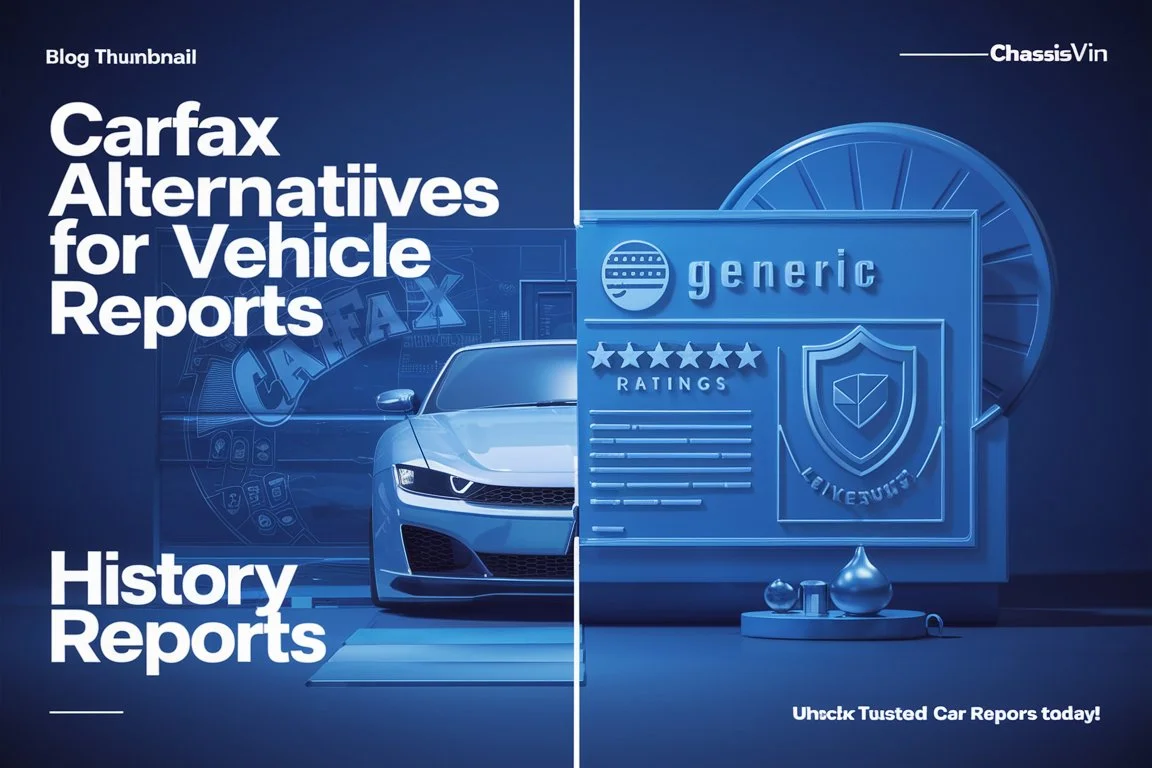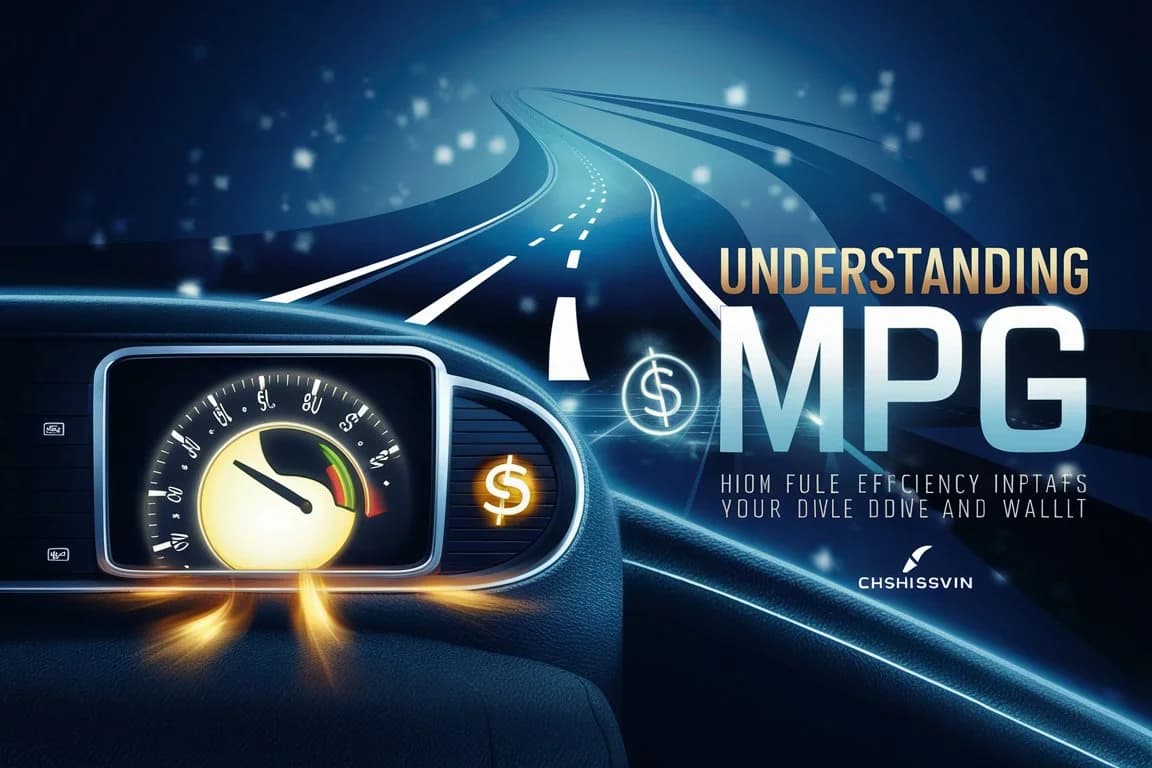How Long Can You Keep Your Car Running While Parked?
Discover how long you can keep your car running while parked, why idling matters, and the precautions you should take for optimal performance.
How Long Can a Car Idle and What Happens During Idling?
Idling is a common aspect of driving, whether you're waiting in traffic or warming up your vehicle. But have you ever wondered, how long can you keep your car running while parked? In this guide, we'll delve into the effects of prolonged idling, the factors to consider, and practical advice to ensure your car remains safe and efficient during idle times.
What Does Idling Mean And Why Is It Sometimes Necessary?
Idling occurs when your car engine runs while the vehicle is stationary. This often happens in scenarios like waiting at a drive-thru, defrosting your windows, or sitting in traffic. While necessary at times, idling should be minimized to reduce wear on your vehicle and environmental impact.
How Long Can a Car Idle?
Most modern vehicles can idle indefinitely on a full tank of gas under ideal conditions. However, factors like engine health, fuel level, and external temperatures can influence this duration. Generally, idling for 15-20 minutes is considered safe, but extended periods can strain your car's components.
- Gas Consumption: Idling uses about 0.2 to 0.5 gallons of fuel per hour, depending on engine size.
- Battery Drain: Excessive idling can deplete the battery, especially with high-powered accessories like air conditioning running.
How Long Can a Car Idle: The Precautions You Should Take
To idle safely, follow these precautions:
- Monitor Fuel Levels: Ensure your tank is adequately filled to avoid running out of gas.
- Check Engine Health: Ensure your cooling system and alternator are functioning properly.
- Avoid Carbon Monoxide Risks: Never idle in enclosed spaces, as exhaust gases can accumulate dangerously.
How Long Should a Car Idle?
Experts recommend limiting idling to 30 seconds to 2 minutes in most scenarios. Idling for extended periods wastes fuel, contributes to emissions, and accelerates engine wear. Instead, turn off the engine if you're parked for an extended time and restart when necessary.
What Happens When a Vehicle Idles for a Long Time?
Prolonged idling can lead to several issues:
- Engine Wear: Idling increases carbon buildup in your engine, reducing efficiency.
- Fuel Wastage: Idling burns fuel without moving, lowering fuel economy.
- Environmental Impact: Long idling contributes to air pollution and greenhouse gas emissions.
Is idling bad for your car?
Yes, excessive idling can harm your car. Over time, it can cause carbon buildup, reduce fuel efficiency, and strain components like the alternator and cooling system. Minimizing idling can help preserve your vehicle's longevity and performance.
How long can you keep your car running while parked?
On a full tank, most vehicles can idle for hours, but this is not recommended. Factors like temperature, engine health, and accessory usage can shorten this duration. Keep idling to a minimum to prevent unnecessary wear and tear.
Can a car idle on a full tank for how long?
Depending on the vehicle's fuel efficiency and conditions, a car can idle for 12-24 hours on a full tank. However, continuous idling is rarely practical and may harm your vehicle over time.
Is it better to idle or turn the car off?
In most cases, turning the car off is better than idling. Modern engines use minimal fuel to restart, making it more efficient to turn off the engine if you're stationary for more than 30 seconds. However, in cold weather, idling may be necessary for short periods to warm up the engine.
How long can I idle my car with AC on?
Idling with the AC on consumes additional fuel and puts strain on the battery and cooling system. Limit AC usage during idling to avoid overheating and excessive fuel consumption.
What Happens Inside Your Car When It Idles?
During idling, your engine continues to burn fuel and operate essential systems like cooling and charging. However, this also increases wear on spark plugs and contributes to carbon deposits in the engine. Regular maintenance can mitigate these effects.
When Should You Leave Your Car Running?
Leaving your car running is appropriate in specific situations, such as:
- Cold Weather: Warming up the engine in freezing temperatures.
- Short Stops: When restarting the car repeatedly may consume more fuel.
- Operational Needs: Powering emergency equipment or maintaining cabin climate temporarily.
Summary
Understanding how long you can keep your car running while parked helps you make informed decisions about idling. By minimizing idle time, maintaining your vehicle, and following safety precautions, you can reduce costs and environmental impact while preserving your car's performance. For more insights, explore our VIN Decoder and other tools to manage your vehicle effectively.
What Are the Legal Implications of Idling?
Idling laws vary across regions, and in some places, it is illegal to idle your car for extended periods. These laws are designed to reduce pollution and conserve fuel. For instance:
- State and City Regulations: Some U.S. states, such as California and New York, impose fines for idling longer than 3-5 minutes in certain areas.
- Environmental Zones: Low-emission zones in cities may have stricter idling rules to improve air quality.
- Exemptions: Emergency vehicles and specific weather conditions may offer exemptions to idling restrictions.
Check your local laws to avoid penalties and stay compliant while reducing unnecessary idling.
Environmental Impact of Idling
Idling contributes significantly to air pollution and climate change. Here's how:
- Greenhouse Gas Emissions: Prolonged idling emits carbon dioxide (CO2), a major contributor to global warming.
- Air Quality Issues: Nitrogen oxides (NOx) and particulate matter released during idling harm public health, particularly in urban areas.
- Fuel Waste: An hour of idling can consume up to a half-gallon of fuel, leading to unnecessary resource depletion.
Minimizing idling helps reduce your carbon footprint and promotes a healthier environment for everyone.
How to Reduce Idling in Everyday Life
Cutting down on idling can save fuel, extend your car's lifespan, and reduce emissions. Try these practical strategies:
- Plan Your Stops: Avoid drive-thrus or use alternative options like going inside the restaurant or bank.
- Use Technology: Modern vehicles often feature stop-start systems that automatically turn off the engine at stops and restart it when you press the accelerator.
- Warm Up Smartly: In cold weather, idle just long enough to defrost windows, then drive gently to allow the engine to warm up efficiently.
- Educate Yourself: Familiarize yourself with your car’s efficiency features and best practices for reducing idling.
How Prolonged Idling Affects Different Types of Vehicles
The impact of idling varies depending on the type of vehicle:
- Gasoline-Powered Cars: Extended idling can lead to carbon buildup, reducing engine performance over time.
- Diesel Vehicles: Diesel engines are more tolerant of idling but still experience fuel waste and soot accumulation with excessive idling.
- Electric Vehicles (EVs): EVs don’t idle in the traditional sense, as the motor doesn’t run when stationary. However, running climate controls while stationary can drain the battery.
Understanding your vehicle type can help you adopt better practices to minimize idling-related risks.
How Idling Impacts Fuel Economy and Costs
Idling has a direct effect on your fuel economy and overall costs:
- Fuel Efficiency: Idling for just 10 minutes a day can waste more than a gallon of gas over a week, depending on your vehicle’s efficiency.
- Maintenance Costs: Carbon buildup from idling may require more frequent engine servicing, leading to higher maintenance costs.
- Financial Impact: Over time, reducing idling can save hundreds of dollars annually in fuel and repairs.
Turning off your engine during prolonged stops is a simple way to save money and improve fuel efficiency.
The Science of Engine Wear During Idling
When your car idles, the engine operates at a lower RPM, which can cause unique wear patterns:
- Incomplete Combustion: Idling often leads to incomplete fuel combustion, increasing carbon deposits in the engine.
- Oil Contamination: Prolonged idling can dilute engine oil with fuel, reducing its effectiveness as a lubricant.
- Component Stress: Parts like the alternator and cooling system endure extra strain during idling, accelerating wear and tear.
Regular maintenance and limiting idle times can help counteract these effects and keep your engine running smoothly.
Idling Myths: Common Misconceptions
There are many myths surrounding idling. Let’s debunk a few:
- Myth: Restarting the engine uses more fuel than idling.
Fact: Modern engines use minimal fuel to restart, making it more efficient to turn the car off during longer stops. - Myth: Idling is necessary to warm up the engine in winter.
Fact: Driving your car gently warms up the engine faster and more efficiently than prolonged idling. - Myth: Idling doesn’t harm your engine.
Fact: Excessive idling leads to carbon buildup, decreased efficiency, and potential long-term damage.
Using Telematics to Monitor and Reduce Idling
Telematics systems are becoming an essential tool for monitoring vehicle performance, including idling behavior. These systems can:
- Track Idle Time: Provide detailed reports on how often and how long your vehicle idles.
- Suggest Improvements: Offer actionable insights to reduce unnecessary idling and improve efficiency.
- Fleet Management: Businesses with vehicle fleets can use telematics to minimize idle time across their operations, saving fuel and reducing emissions.
Integrating telematics into your vehicle management routine can help you adopt smarter driving habits.
Our Services
Window Sticker
Print window sticker for your vehicle
VIN Decoder
Decode any vehicle manufacturer
Classic VIN Lookup
Decode VINs for classic and vintage vehicles
License Plate Lookup
Search license plate information
VIN Check
Decode any vehicle in US states
Build Sheet by VIN
Get detailed build sheet for your vehicle
Dealers
Unlimited vehicle history reports
Paint Code by VIN
Find your vehicle's exact paint color code
VIN Explorer
Explore detailed vehicle information by VIN
Warranty Check
Check warranty information by VIN
Vehicle Recalls
Understanding Vehicle Recalls: A Complete Guide

Ethan J. Caldwell
Ethan James Caldwell is a graduate of George Washington University (GW). Born and raised in Washington, Ethan has had a lifelong passion for cars, motorcycles, and all things automotive. From a young age, he was captivated by the mechanics, design, and culture surrounding vehicles, which eventually inspired his career. Ethan currently drives a silver 2005 Honda Accord, a testament to his appreciation for reliable and timeless vehicles.
Frequently Asked Questions
Prolonged idling can be harmful, leading to increased engine wear, fuel wastage, and environmental impact. Minimizing idling helps maintain vehicle performance.
Most vehicles can idle for hours, but doing so is inefficient and may cause long-term engine issues. Limit idling to 15-20 minutes when necessary.
Extended idling can lead to carbon buildup, reduced fuel efficiency, and potential overheating, especially with high accessory use like AC.
For stops longer than 30 seconds, restarting the engine is more fuel-efficient than idling, thanks to modern start-stop technologies.
Yes, prolonged idling can deplete the battery, particularly when running accessories like AC or headlights without sufficient alternator output.
Our Blog Articles
Discover insights about vehicle history, maintenance, and buying guides

Carfax Alternatives for Vehicle History Reports: Your Best Options
Explore the best Carfax alternatives for vehicle history reports. Get detailed reports on accidents, ownership, and more. Find the right choice for you.

Understanding MPG (Miles Per Gallon) in Cars: A Complete Guide
Learn what MPG means, how it's calculated, and how to improve your car's fuel efficiency. Get the most out of your vehicle's MPG with ChassisVIN.

Explanation of Black Book Car Value: Your Guide to Vehicle Valuation
Understand Black Book car values. Learn how they work, who uses them, and how they compare to other resources. Get the info you need for informed decisions.
